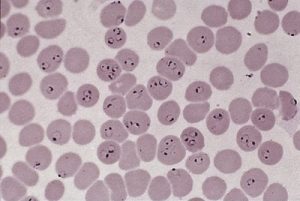Incorporating technology into our lives has become commonplace now. Most people are familiar with Siri or Alexa, two iconic conversational tools that can do small things like play a song to something more physical like turning off the lights. But what if there was similar technology that could help you with your everyday job?

Picture from Wix
Conversational Development Assistant
Computer science student Nick Bradley came up with an idea of a conversational development assistant (CDA) while in the midst of his everyday code work. His master’s thesis was on the feasibility and also practicality of such a device. He noticed that the majority of his time and effort was spent on small details, very tedious and what he describes as “grunt work”. It took away from the higher end and more difficult portions of his coding work. Bradley decided to experiment with a technology-based assistant that would essentially do the “grunt work” so he could focus on other aspects and not worry about it. And so DEVY was born, diagram shown below:

Picture from Amazon website
Don’t be confused by the picture, it actually is Amazon’s Alexa. However Bradley was able to program DEVY into the device, using Alexa as a medium and therefore obviating the need to create a new conversational platform from scratch.
Uses of DEVY
Bradley primarily created DEVY for software engineers and coders. Bradley however sees DEVY going way beyond the field of software and coding. There are applications of DEVY in the legal field, perhaps with helping lawyers search case files or in the medical field, notifying physicians of any conflicting medication orders. An example of what can be done with DEVY and its future potential is shown in the video below:

Video by SO Project Group 1
The application to medicine is particularly interesting as drug informatics is actually one of the leading causes of medical issues in healthcare settings. Technology company Nuance describes the applicability of conversational software assistants in hospitals on their website here.
Invasion of technology?
A major concern about technological developments like DEVY is that we are incorporating too much technology into our lives. People have expressed concerns of conversation AI (artificial intelligence) like Siri or Google constantly listening in and secretly sending consumer information to their home company. These sorts of conversational assistants could indirectly be breaching our privacy and confidentiality. Our group discusses this in more detail and describe why this issue is not a concern with DEVY in our following podcast:
Podcast recorded by SO Project Group 1
Future for Devy
The plans for DEVY as described is for it to branch out into job industries and help people of all professions with the daily work. The thing to keep in mind is that DEVY is no substitute for an actual person, it is not meant to replace actual people. DEVY is meant to be an assistant on the side that essentially allows you to be more productive and time-efficient with your work.






